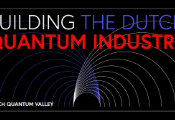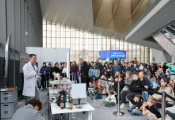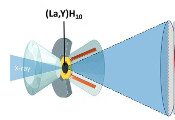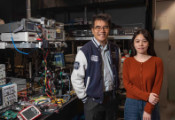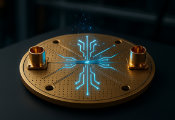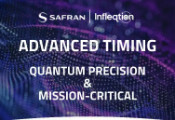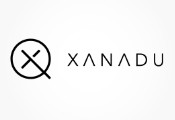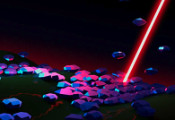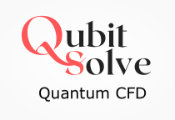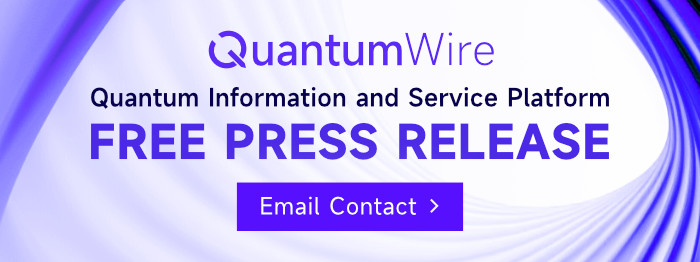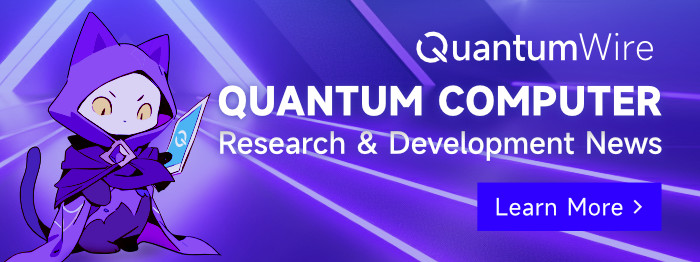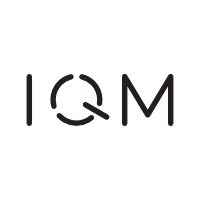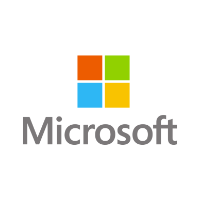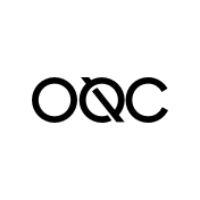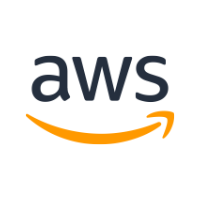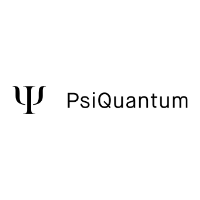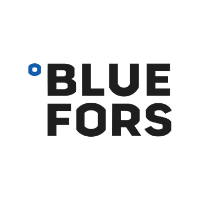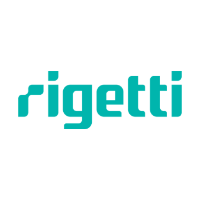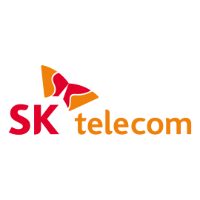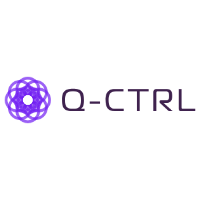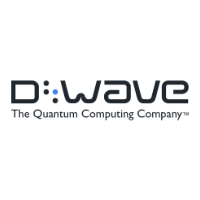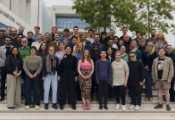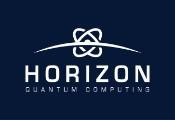Hackathon Demonstrates Rapid Progress Integrating Quantum Systems Into Classical Networking Infrastructure
Aug 7, 2025 -- Can the strengths of classical and quantum communications be combined to create a resilient and secure networking infrastructure? This is the challenge that DARPA is tackling through its Quantum-Augmented Network (QuANET) program. So far, signs point to yes.
Quantum networking offers the potential for private, secure and resilient high-speed information exchange. But until now, it’s required specialized and isolated systems, making it difficult for researchers to experiment, iterate, and scale. QuANET is addressing this challenge by integrating quantum links into classical communications infrastructure. By doing so, the program is creating a more accessible, integrated network – one that could eventually support secure global communication, collaborative research, and real-time verification.
Just 10 months into the program, QuANET performers gathered for a cross-team hackathon and demonstrated the first functioning quantum-augmented network. Using both classical and quantum links, messages were transmitted across the entire network without interruption.
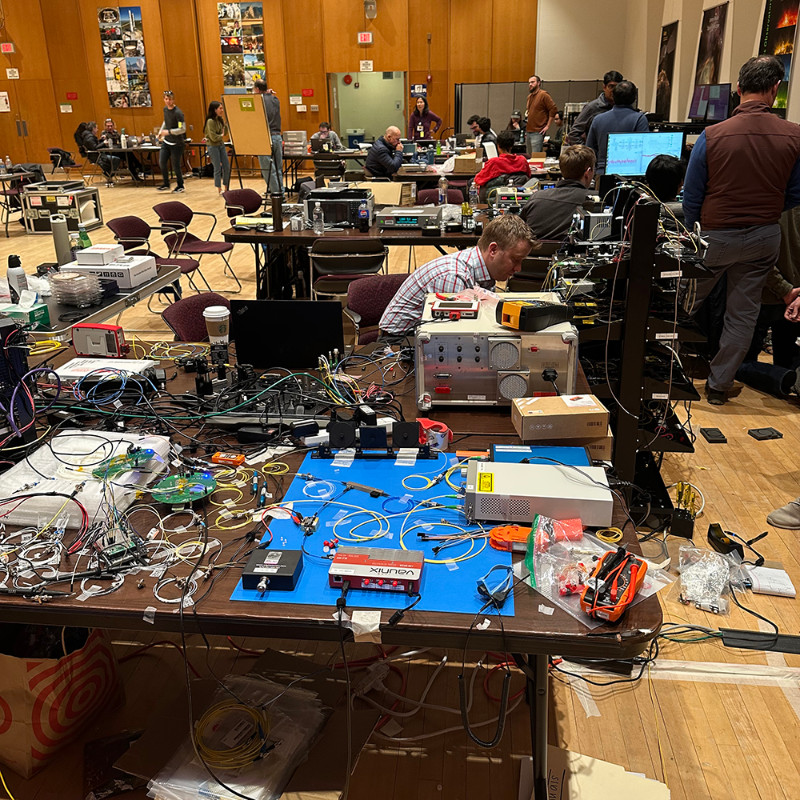
On one link, messages were encoded onto squeezed light, which is a quantum state of light that can enhance precision for certain measurements. Researchers transmitted encoded data, including images of the DARPA logo, a QuANET event graphic, and an ascii cat. The initial transmission took five minutes, but through real-time optimization, subsequent attempts reduced the time to a never-before-achieved 0.7 milliseconds, or a bit rate of 6.8 Mbps – enough to stream high-definition video.
QuANET researchers are also working toward deploying hyperentangled photons – particles of light that are entangled in multiple independent quantum properties at once, allowing each to carry much more information – into a data packet transmission. This technique allows more data to be sent simultaneously, improving the efficiency of communication. It also enhances the privacy and security of the network by making it harder to intercept or tamper with the data without detection.

“This represents a major step toward practical quantum-augmented networking,” said QuANET Program Manager Allyson O’Brien, Ph.D. “By enabling quantum links to operate within existing communication network architectures, we’re unlocking the potential for broader access to quantum network technology, offering a new pathway towards significantly improved security, efficiency, privacy, and resiliency.”
Ecosystem engagement
While the hackathon marked key technical milestones, QuANET is also working to engage a broader ecosystem around quantum networking. DARPA recently convened government, academic, and industry participants for a two-day workshop.
The event featured technical briefings, cross-disciplinary discussions, and a student engagement session – highlighting the expanding community around quantum networking and the importance of training researchers who can work across quantum communications, classical networking, and computer science.
Discussions focused on embedding resiliency, privacy, and security into networks while solving integration challenges between quantum and classical protocols.
Coming soon: QuANET demos
QuANET will take another step forward this fall, when the program conducts its first Phase test event. The demo will feature fielded fiber optics that will support both quantum and classical links operating in conjunction with optical switches and routers to send and receive data across the heterogeneous environment, offering a first look at how DARPA’s quantum-classical architecture might function in operational settings.
“This is not just about making quantum networks work in the lab,” said O’Brien. “It’s about enabling quantum systems to integrate into the real-world networks we rely on today and shaping the networks we’ll rely on tomorrow.”

